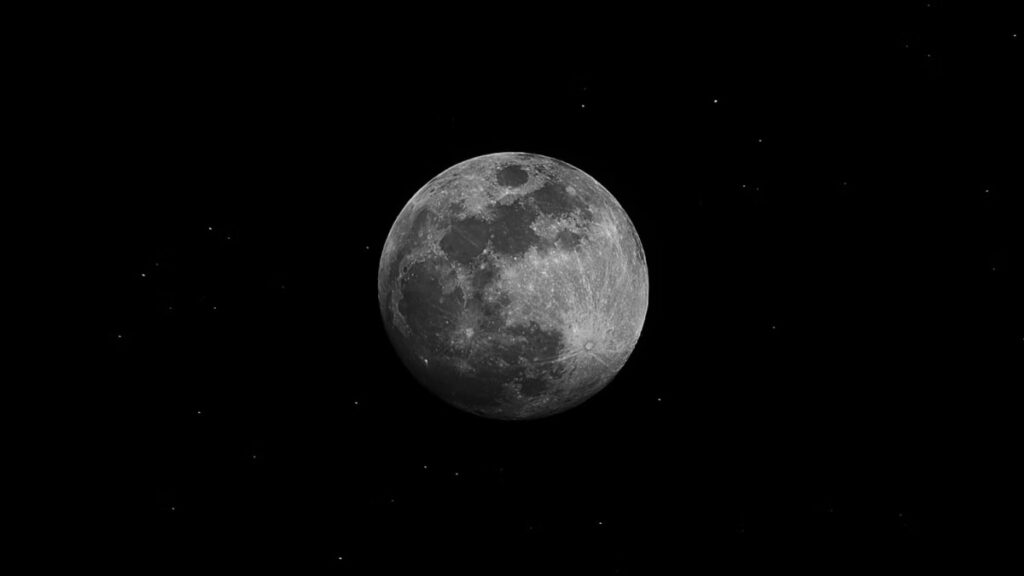On September 29, Earth captured a temporary new companion, an asteroid named 2024 PT5. This near-Earth object, about the size of a bus and 33 feet wide, entered Earth’s orbit 57 days before it is expected to resume its orbit around the Sun. Although the term “mini-moon” sounds exciting, 2024 PT5 is far too small to be seen with the naked eye. Even backyard telescopes won’t help because it’s 300,000 times smaller than Earth’s primary moon.
According to Professor Carlos de la Fuente Marcos of the Universidad Complutense de Madrid, the object remains beyond the reach of typical amateur telescopes. However, professional astronomers, with more advanced equipment, will be able to study the minimoon and may publish images of it during its short stay.
The origin and future of Minimoon
Astronomers suggest that 2024 PT5 originates from the Arjuna asteroid belt, an area of space known for asteroids that closely follow Earth’s orbit around the Sun. The asteroid is expected to make another close approach to Earth in January 2025, with a subsequent flyby in 2055.
Not Earth’s first temporary Moon
2024 PT5 is not the first mini-moon imaged by Earth. Previous transient moons include 2006 RH120, which orbited Earth for 18 months between 2006 and 2007, and 2020 CD3, which lingered for three years before disappearing in 2020. Some scientists have even suggested that these transient moons could serve as potential “stepping stones” for future space missions, offering opportunities to explore asteroids or go deeper into the solar system.
In conclusion, while Earth’s latest minimoon is a fascinating phenomenon, it remains hidden from ordinary viewers, visible only through the lenses of professional observatories.


